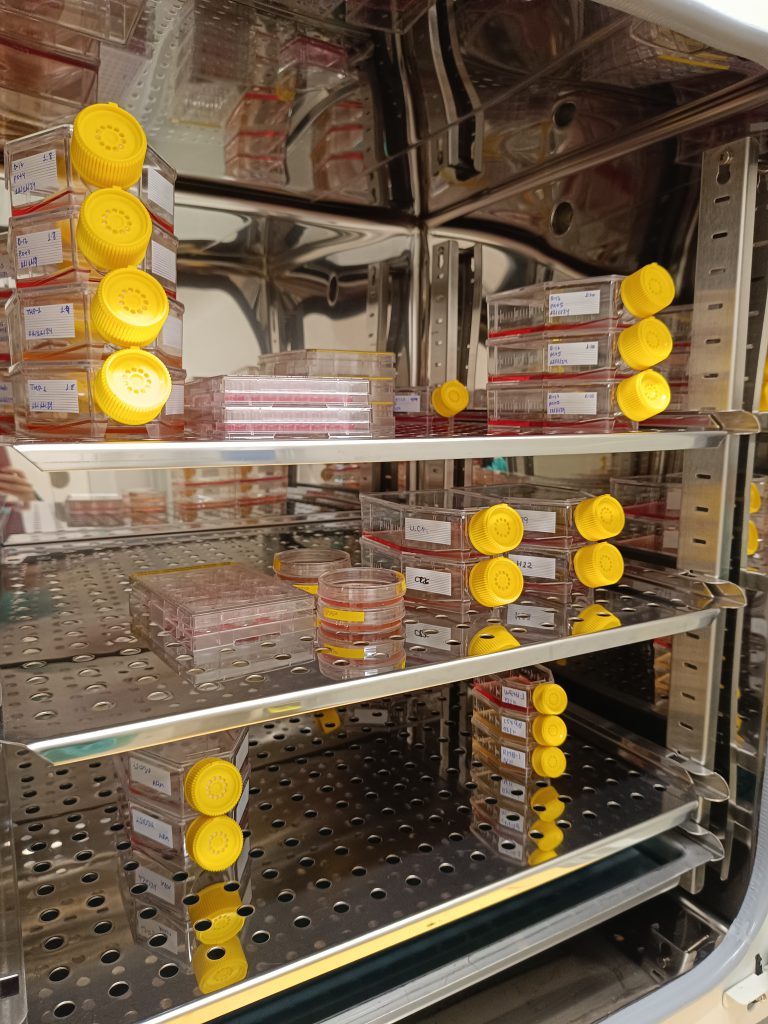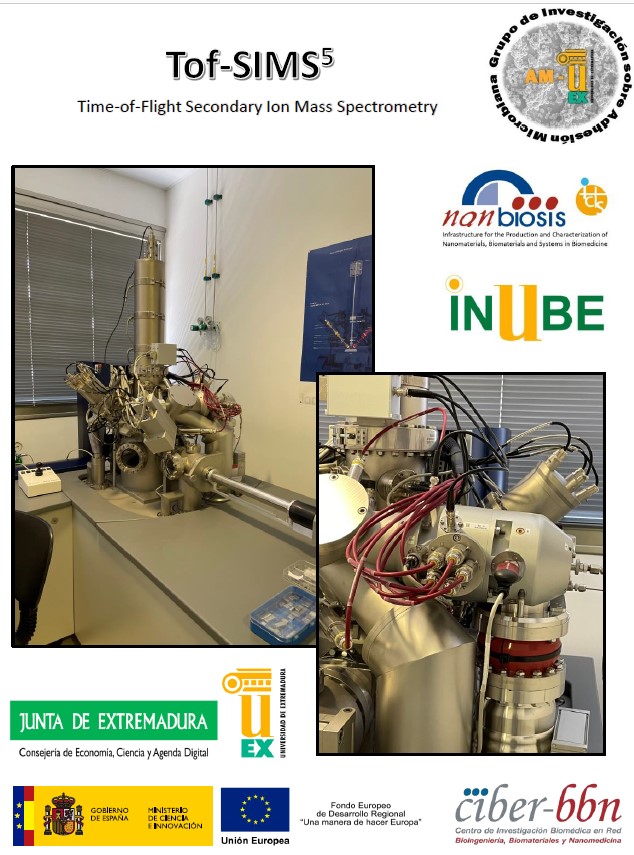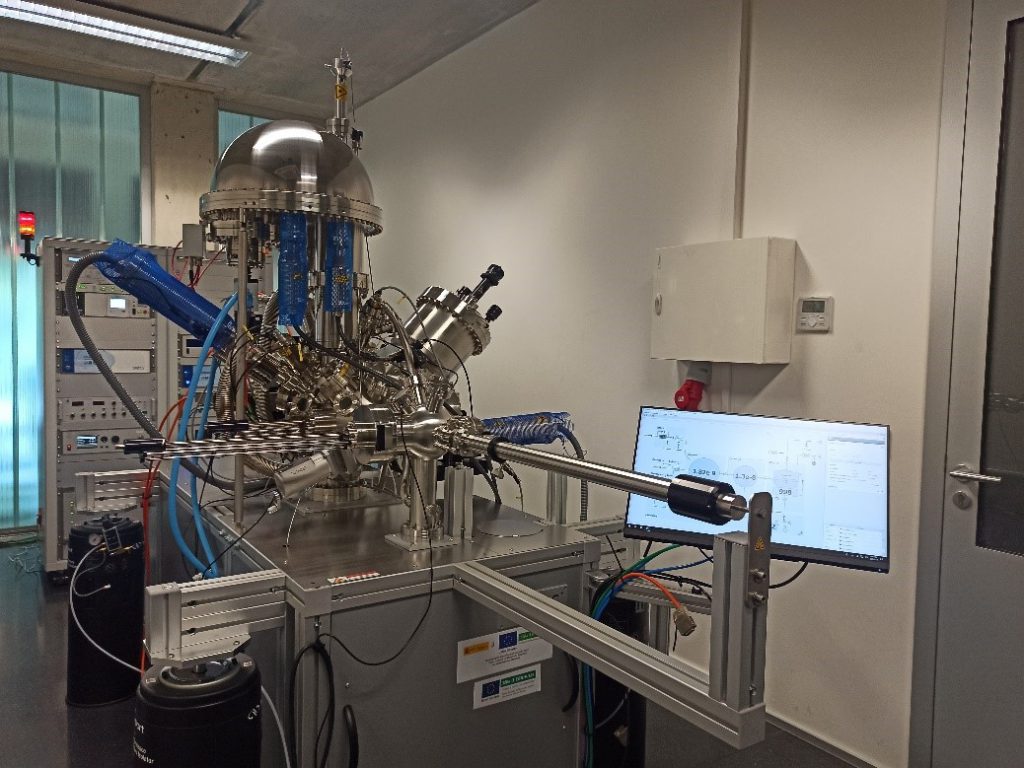U22-E01. Rooms for the maintenance of large animals
This unit has facilities with a perimeter area of 3,200 m2 and it has large rooms to house the experimental animals according to their species characteristics. Among the equipment and facilities include:
9 rooms for large animals (pigs) maintenance with capacity for about 350 animals, for long periods of time and environmental, nutritional and microbiological conditions controlled.














